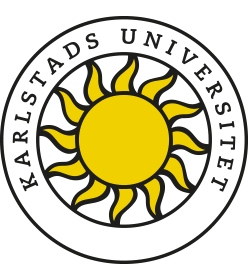Student’s thesis used in 5G research
2025-03-10In the DRIVE project, a so-called MEC simulator is used, where student Douglas Wilhelmsson had the opportunity to develop the model as part of his thesis.
As 5G, IoT, and AI continue to evolve, there is a growing need for infrastructure that can efficiently and securely manage vast amounts of data. MEC (Multi-access Edge Computing) is a simulator designed to test and develop edge computing solutions within 5G and network infrastructure.
— The work was fun, and building a simulator was exciting. It was interesting to design the system and organize the flow and generation of all data. My collaboration with my supervisor, Karl-Johan Grinnemo, went very well—he provided clear guidelines on how he wanted the simulator to function while giving me considerable freedom to experiment within those boundaries. With regular meetings, I was able to freely write code, and the project's scope could be adjusted along the way—which, I believe, led to a great final result, says Douglas Wilhelmsson, a former computer science student.
MEC enables data to be processed closer to the user, directly at the network's "edge" (such as base stations or local data centers). This reduces latency, eases network congestion, and enhances security. As a result, real-time applications such as autonomous vehicles and remote surgery experience fewer risks.
— The idea that a small project I did to wrap up my studies could actually contribute to new technology that I might use daily in the future feels surreal and pretty amazing from my perspective, concludes Douglas.




